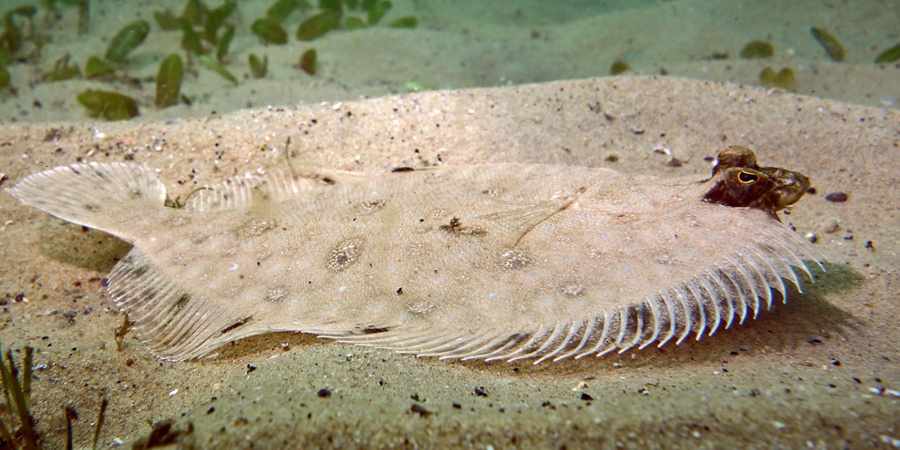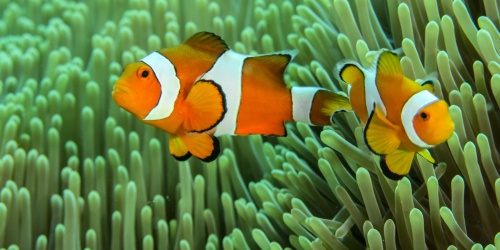Breadcrumb
Flounder
Flounder is a group of flatfish species that are demersal fish, found at the bottom of oceans around the world. They are known for their distinctive body shape and swimming style.

Smalltooth Flounder Pseudorhombus Jenysii - Photo John Turnbull / Flickr
What is a flounder? The small-toothed flounder (Pseudorhombus jenynsii) is common on the sandy or silty bottoms of estuaries and bays of the southern half of Western Australia. This large fish has a flattened shape, with both eyes on one side and a distinct tail. It is a master of disguise and can rapidly change the colour of its upper body to match its surroundings.
What does it look like? Growing up to 55 centimetres long, the small-toothed flounder blends well with the sandy seafloor on which it camouflages itself. It is recognised by its colouration of gold-speckled dark blotches, usually with five to six larger blotches, on a mottled background.
Where are they found? This fish is common in estuaries and bays of Western Australia, including Swan Estuary Marine Park and Walpole and Nornalup Inlets Marine Park.
What it eats and how: An ambush predator, it waits until a tasty small fish or invertebrate approaches, then quickly gobbles it up.
Behaviour: Early in its development, the fish has eyes on both sides of its head. Once the tiny larva settles on the bottom, however, the right eye migrates to the left side of its head (in some flounder species the left eye moves) until the fish can lie flat on one side of its body on the bottom, but with both eyes looking upwards.
Breeding and caring for young: Flounder lay eggs that hatch into larvae that resemble typical fish. They then undergo the fascinating changes described above.
How you can protect flounder: If you fish for flounder, make sure you stick to bag and size limits set by the fisheries department.



























